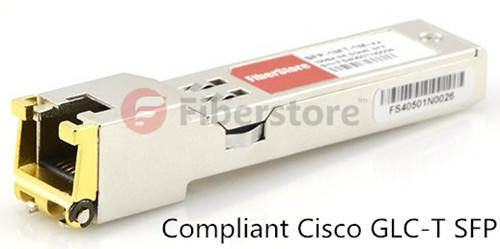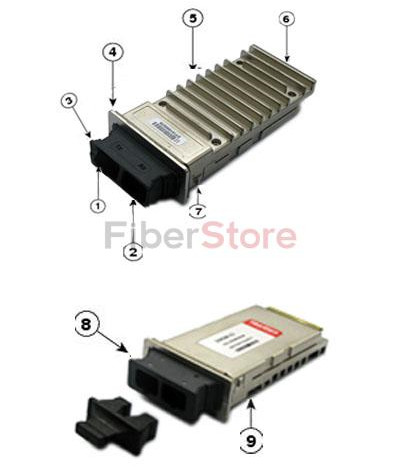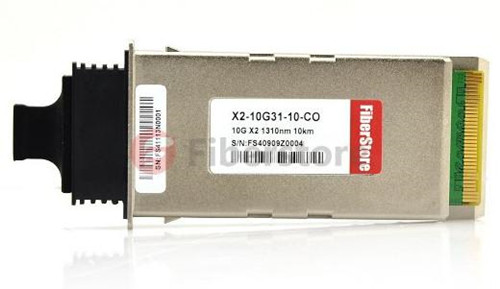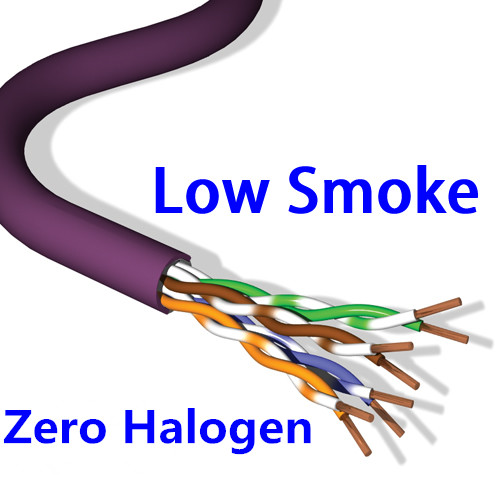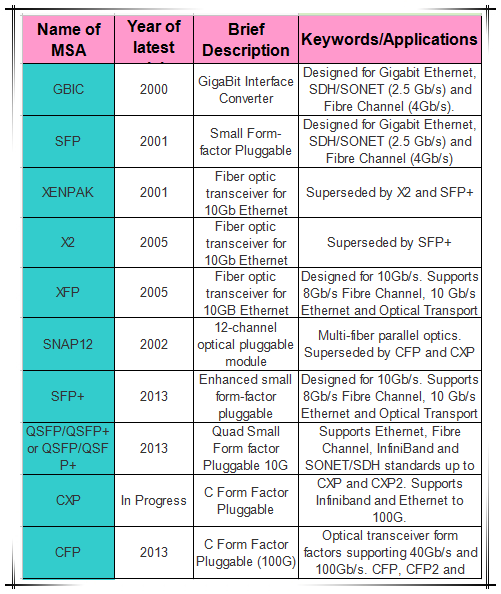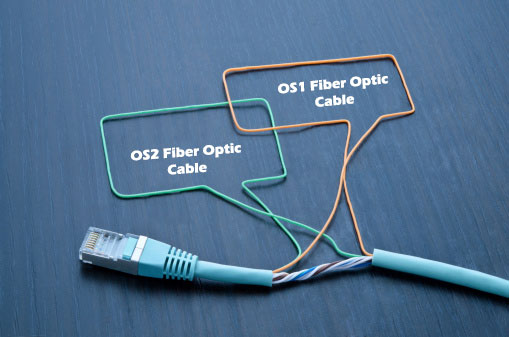Nowadays, fierce competition among companies and enterprises has accelerated the launching of new products in succession. Of course, there is no exception to Cisco. Cisco S-class optics were launched In December 2014. Many people feel confused about this new product as there are no obvious differences on specifications between Cisco S-class optics and the others. But if you dig it deeper, you will find out that Cisco S-class optics is designed for enterprise and data center 10G and 40G applications with a more attractive price. And they are only available in the most common reaches needed in enterprise and data center applications. This article will introduce Cisco S-class optics in details. Table 1 shows 10G and 40G S-class Optics.

Cisco S-Class 10GBASE SFP+ Modules
Cisco S-Class 10GBASE SFP+ modules offer customers a variety of 10 Gigabit Ethernet connectivity options optimized for Enterprise and data center applications.
Cisco S-Class 10GBASE SFP+ modules offer customers a variety of 10 Gigabit Ethernet connectivity options optimized for Enterprise and data center applications.
- Cisco SFP-10G-SR-S
The Cisco 10GBASE-SR module supports a link length of 26 meters on standard Fiber Distributed Data Interface (FDDI) -grade multi-mode fiber (MMF). Using OM3, up to 300-meter link lengths are possible. Using OM4 multi-mode fiber, up to 400 meter link lengths are possible.
- Cisco SFP-10G-LR-S
The Cisco 10GBASE-LR module supports a link length of 10 kilometers on standard single-mode fiber (SMF, G.652).
- Cisco SFP-10G-ER-S
The Cisco 10GBASE-ER module supports a link length of up to 40 kilometers on standard single-mode fiber (SMF, G.652).
- Cisco SFP-10G-ZR-S
The Cisco SFP-10G-ZR module supports link lengths of up to about 80 kilometers on standard single-mode fiber (SMF, G.652). This interface is not specified as part of the 10 Gigabit Ethernet standards and is, instead, built according to Cisco specifications.
Cisco S-Class 40GBASE QSFP Modules
The Cisco 40GBASE QSFP (Quad Small Form-Factor Pluggable) (seen in Figure 2) offers customers high-density and low-power 40 Gigabit Ethernet connectivity options for data center, high-performance computing networks, enterprise core, and distribution layers applications. There are two common types of Cisco S-Class QSFP40G—Cisco QSFP-40G-SR4-S and Cisco QSFP-40G-LR4-S.
The Cisco 40GBASE QSFP (Quad Small Form-Factor Pluggable) (seen in Figure 2) offers customers high-density and low-power 40 Gigabit Ethernet connectivity options for data center, high-performance computing networks, enterprise core, and distribution layers applications. There are two common types of Cisco S-Class QSFP40G—Cisco QSFP-40G-SR4-S and Cisco QSFP-40G-LR4-S.
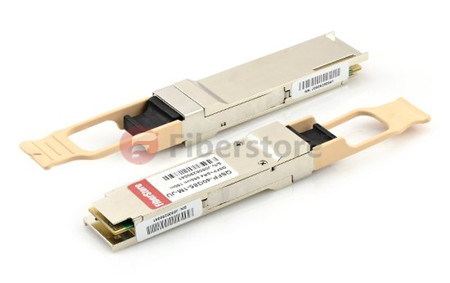
- Cisco QSFP-40G-SR4-S
The Cisco 40GBASE-SR4 QSFP module supports link lengths of 100 and 150 meters, respectively, on laser-optimized OM3 and OM4 fibers. It primarily enables high-bandwidth 40G optical links over 12-fiber parallel fiber terminated with MPO/MTP multifiber connectors. Cisco QSFP-40G-SR4-S is optimized to guarantee interoperability with any IEEE-compliant 40GBase-SR4 module.
- Cisco QSFP-40G-LR4-S
The Cisco 40GBASE-LR4 QSFP module supports link lengths of up to 10 kilometer over a standard pair of G.652 single-mode fiber with duplex LC connectors. The QSFP-40G-LR4-S module supports 40GBase Ethernet rate only. The 40 Gigabit Ethernet signal is carried over four wavelengths. Multiplexing and demultiplexing of the four wavelengths are managed in the device.
More Detailed Information About Cisco S-class Optics
Cisco S-class optics with their attractive price has attracted many users since they came out last year. But a series of questions are also put forward by users. Is S-Class SFP+ compatible with “normal” SFP+? When should we use S-class optics? What’s the difference between Cisco S-Class and non-S-Class optics?… Unfortunately, we don’t know exactly about this. But from the Cisco data sheet, here are some experiences may help you.
Cisco S-class optics with their attractive price has attracted many users since they came out last year. But a series of questions are also put forward by users. Is S-Class SFP+ compatible with “normal” SFP+? When should we use S-class optics? What’s the difference between Cisco S-Class and non-S-Class optics?… Unfortunately, we don’t know exactly about this. But from the Cisco data sheet, here are some experiences may help you.
According to Cisco data sheet, S-class is only for Ethernet protocol, not for OTN (Optical Transport Network) or WAN-PHY (Wide Area Network Physics). In addition S-class optics have different temperature ranges with non-S-class optics. Therefore, if you don’t need any special long distance, temperature tolerances, or other special features, S-Class optics are cheaper and should be just fine for you. In fact, there may be more unknown differences. But the low price is still the main selling point, and we don’t need to worry about the compatibility problem.
Fiberstore Compatible Cisco Transceiver Modules
Fiberstore offers a full variety of compatible Cisco transceiver modules like SFP-10G-ER, SFP-10G-SR, X2-10GB-LR etc. You can enjoy the same functions and performance as the Cisco transceiver with an incredibly lower price. For more information, please feel free to contact us directly.
Fiberstore offers a full variety of compatible Cisco transceiver modules like SFP-10G-ER, SFP-10G-SR, X2-10GB-LR etc. You can enjoy the same functions and performance as the Cisco transceiver with an incredibly lower price. For more information, please feel free to contact us directly.




